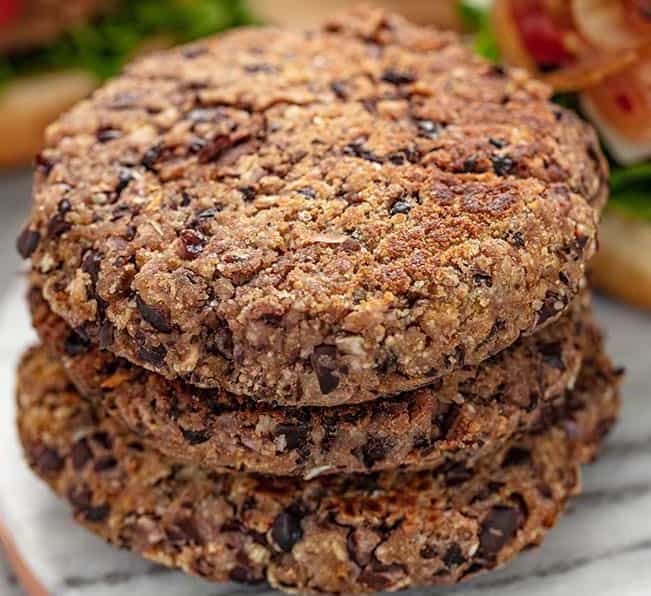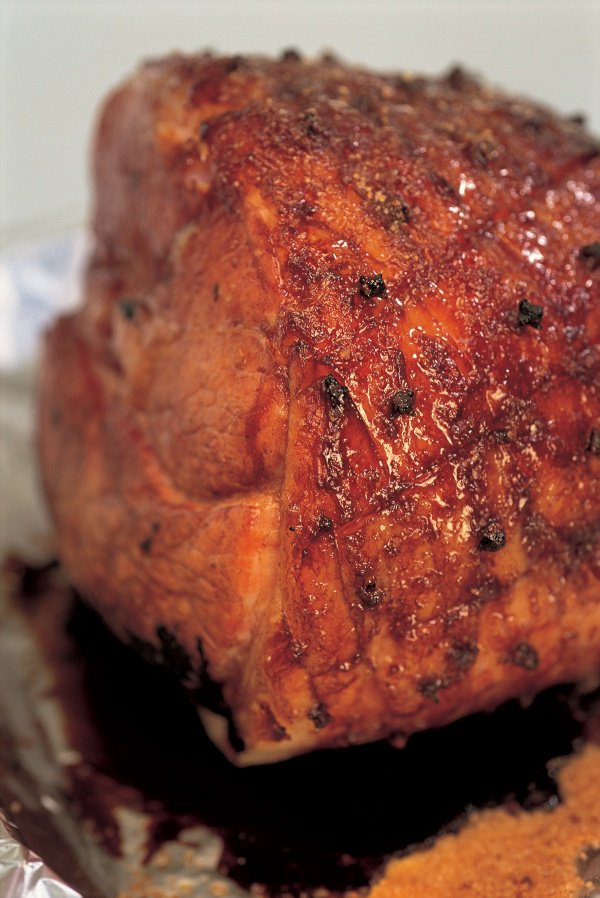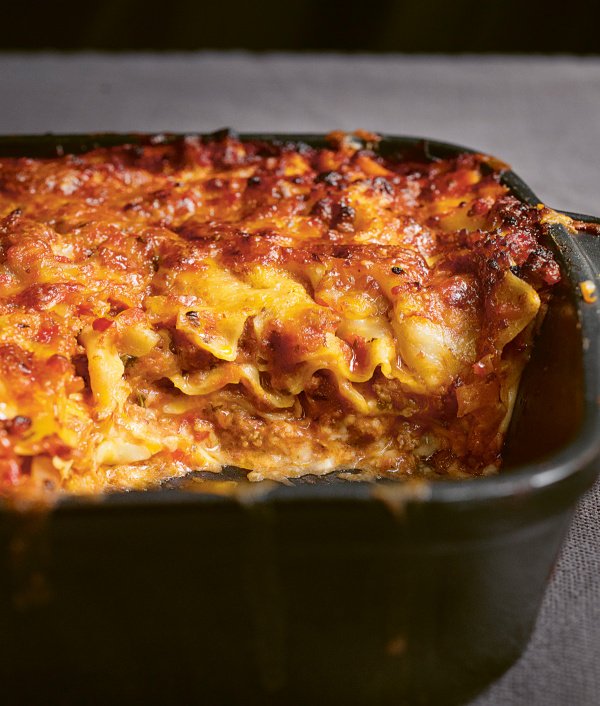A Black Bean Burger that Is as Good as Beef
 Saturday, February 27, 2021 at 12:40PM
Saturday, February 27, 2021 at 12:40PM Greg Wilson/Anderson Observer
There are many recipes for black bean burgers floating around, but I have found this one is always a winner at my house, which generally expects meat with each meal. Some say it surpasses the flavor of a beef hamburger.
hamburger.
Ingredients
1 onion, I use yellow or Vidalia
1 tablespoon chopped garlic
2, 15-ounce cans black beans, rinsed and drained
1 egg
¼ teaspoon smoked paprika
1 tablespoon Cajun Spice (or more if you like)
1 large egg
1 Tablespoon of 347 Steak Sauce or Worchestershire
2/3 cup panko crumbs, bread crumbs, cracker crumbs
(optional 4 ounces of baby bella mushrooms, chopped fine)
Coarse Salt and Black Pepper
Instructions
Put the black beans on parchment paper and bake at 350 for 15-20 minutes, until the beans split and almost get crunchy. This gives them the perfect texture.
While the beans are baking, sauté in butter/olive oil, chopped onion and garlic over medium heat until peppers and onions are soft, about 5-6 minutes. Blot some of the moisture out. Put in a large bowl or in a food processor with the remaining ingredients. Stir or pulse everything together, then add the black beans. Mash with a fork or pulse the mixture, leaving some larger chunks of beans.
Make patties, roughtly 1/3 cup of mixture per burger.
Place patties on parchment paper and bake at 375 for 10 minutes on each side. (You can also fry in a pan with a little more butter/olive oil or grill these using greased aluminum foil and grilling 8 minutes per side.)
 Editor | Comments Off |
Editor | Comments Off | 





